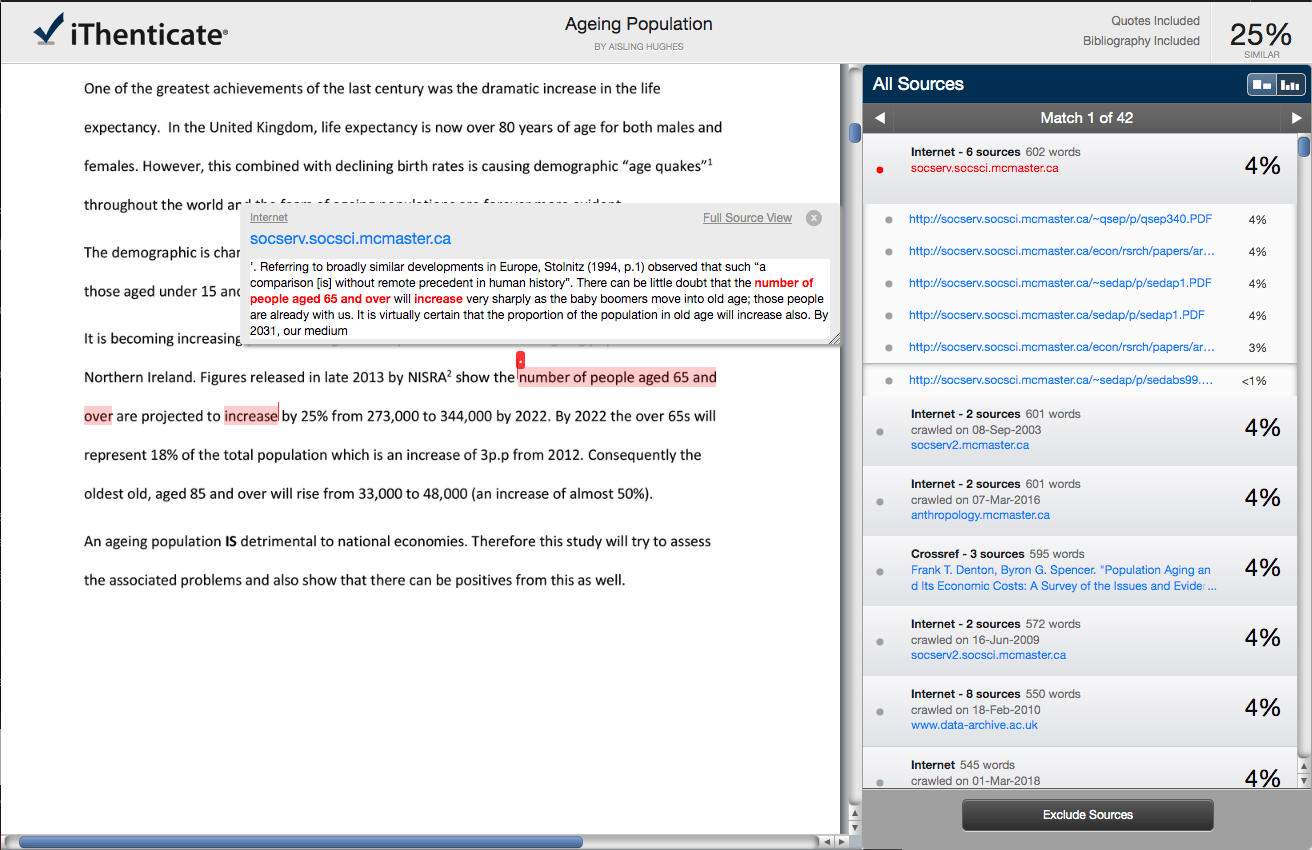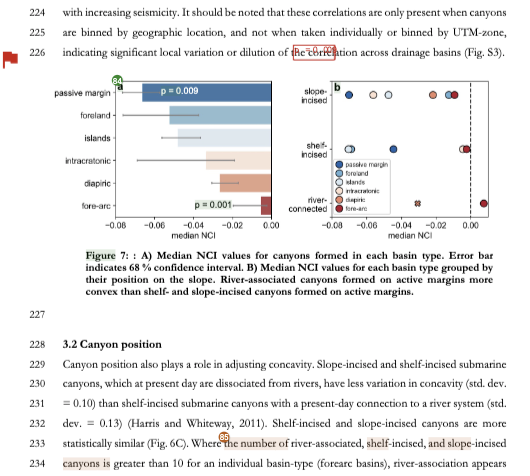

- #How to use ithenticate how to#
- #How to use ithenticate software#
- #How to use ithenticate professional#
- #How to use ithenticate free#
The document information bar at the top of the screen shows important details about the paper, such as word count and number of matching sources from selected databases. When you submit a document to iThenticate, you’ll open the Similarity Report to the Document Viewer mode, which is separated into three sections on the screen. iThenticate generally, is very user friendly, which is good news especially for those who may be a little tech challenged.
#How to use ithenticate how to#
Now let’s walk through how to read an iThenticate Similarity Report.

There could be many valid reasons for similar text to appear in your submission, such as common phrasing, so being able to exclude matches to focus only on the most critical ones for review is essential. Each researcher and publisher decides what the acceptable similarity percentage per submission would be, so scholars need to know how to read the iThenticate similarity report in order to parse the information that is most relevant to their work. It can’t be stressed enough that there’s no set similarity percentage allowed by iThenticate in the Similarity Report. However, it’s important to point out that the similarity score alone will not determine if a particular document is original or not. Submissions with similar content to one or more sources will be flagged for review.
#How to use ithenticate software#
Once the software runs a similarity check, though, that’s only the start of the process. The Similarity Report is the most important part of the iThenticate solution because it highlights what percentage of your document is similar to other, published documents.
#How to use ithenticate free#
Knowing how to adjust iThenticate to your needs and interpret its Similarity Report will keep your work free from the risk of plagiarism and maximize your potential to get published. However, as effective as iThenticate is, you can make your experience with it even more efficient by practicing a few simple tips. The iThenticate plagiarism check software is trusted by thousands of government, medical, and academic institutions around the world, demonstrating its wide appeal and effectiveness. In the years since its launch, iThenticate has become a favorite of scholars to check for plagiarism against more than 170 million articles and more than 91 billion current and archived web pages in its database. Thankfully, scholars today have many tools readily available such as iThenticate, which when used in combination with other Enago services can give scholars an advantage in their academic careers. These accusations of plagiarism can quickly derail a scholar’s career, even when the plagiarism happened unknowingly or if the writer recycled his or her own works without clearly indicating the pre-existing source. One of the frequently overlooked details is the improper citation of sources that might lead to plagiarism accusations. The importance of publication puts scholars under a tremendous amount of pressure, which can lead to cutting corners. Researchers need to regularly publish in order to secure full-time and tenure track positions at institutions, earn tenure once at an institution, and win grants and other funding for research projects.
#How to use ithenticate professional#
This guest post is drafted by an expert from iThenticate, a plagiarism checker trusted by the world’s top researchers, publishers, and scholars.įor professional academics, getting their research published is crucial.


 0 kommentar(er)
0 kommentar(er)
